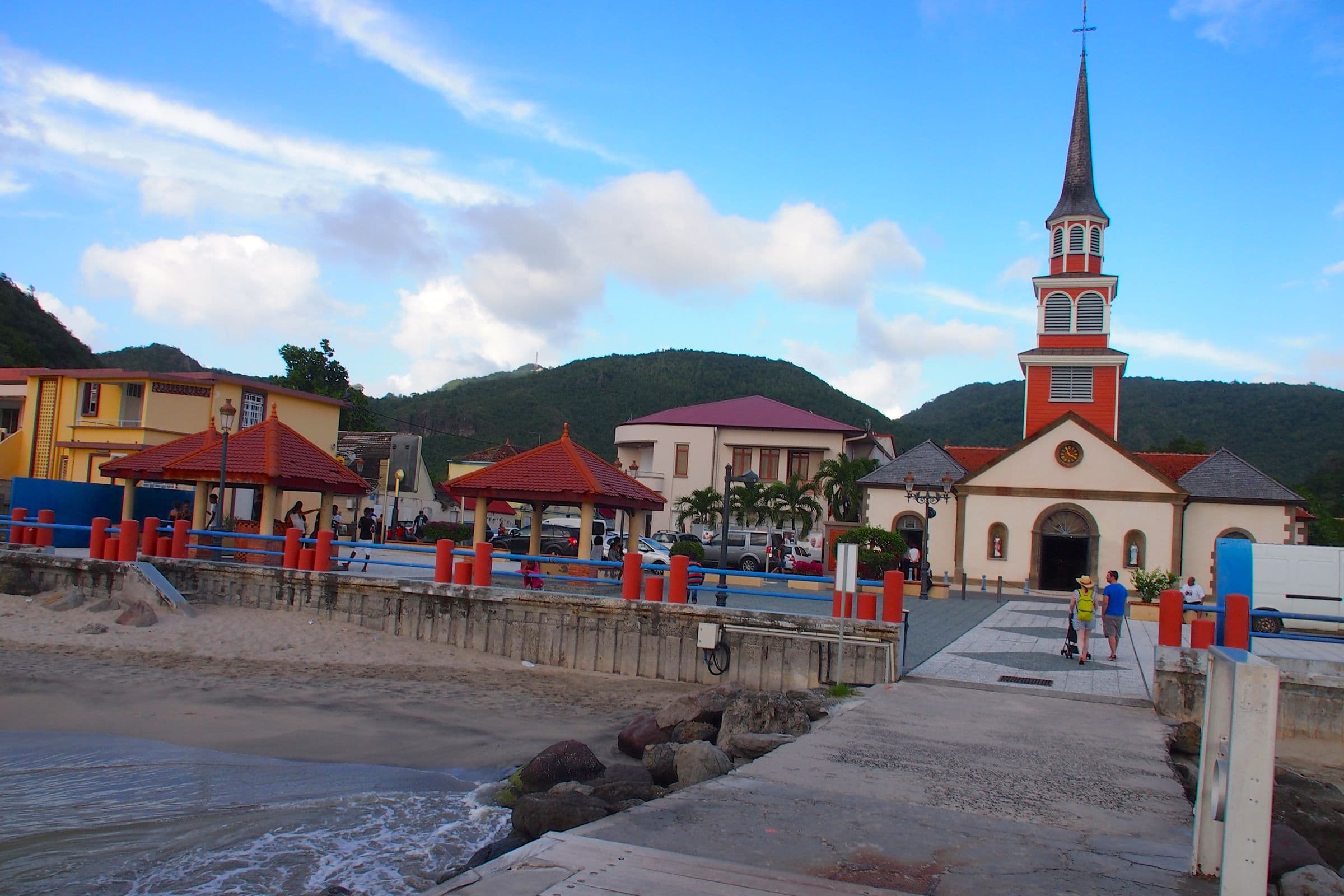Visiting the Depaz Distillery in Northern Martinique
Le Boulevard du Rhum
I’ve dreamed of such a street, as you might image. One not simply filled with great rum, but also steeped in a rich tradition of rum-making, of history and island pride.
Never did I really believe that such a street existed, but then, last summer, I visited the legendary Depaz Distillery in Saint-Pierre, the fabled city in northern Martinique. There, just behind the structure pictured above, hung the sign – Le Boulevard du Rhum.
My dream had come true.
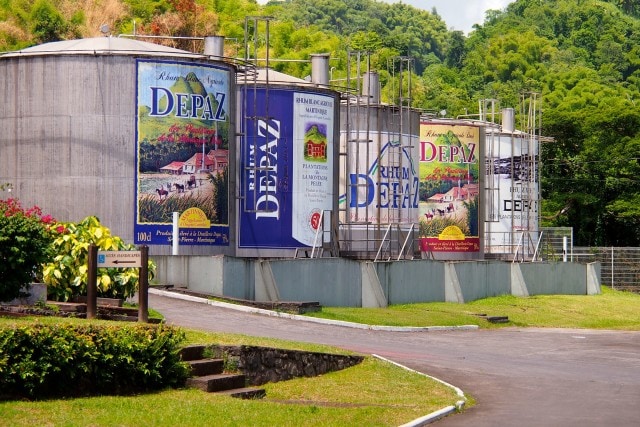
Few places I’ve ever been to better satiate my appetite for history and all-things-rhum. Let’s start with the history…
The sugarcane plantation upon which the distillery now sits dates way, way back to 1651. Saint-Pierre, then the capital of Martinique, had only been founded 16 years prior. The first governor of the island, Jacques Duparquet, no doubt desiring a lofty estate worthy of his title, built Chateau Depaz. Years later the Depaz family would acquire the estate, eventually shifting sugar production to rhum and meeting with much success.
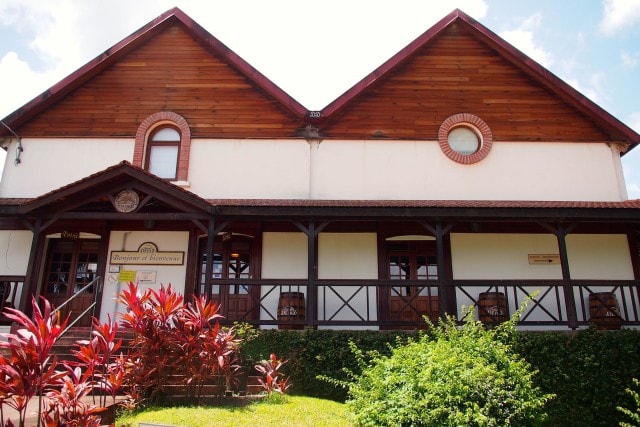
The devastating eruption of Mount Pelée in 1902 changed everything, of course. The entire plantation was wiped out, along with the rest of Saint-Pierre. More than 30,000 city residents perished in a flash, including every member of Depaz family save one.
Victor Depaz was fortunate enough to be off-island on the most fateful day in Martinique’s history. He returned in 1917 determined to put his good fortune to good use.

Depaz rebuilt the entire estate, replanting the family’s 600+ acres with high-end blue sugarcane. Reputed to be the most expensive variety of sugarcane, blue cane is also the most difficult to cultivate. The payoff for those willing to invest the time, money, and effort to grow it, though, is rhum that’s a cut well above the rest.

Balanced sweetness, robust flavor, beautifully alluring floral bouquet, a smooth finish, and refined character – these are the hallmarks of Depaz rhum.
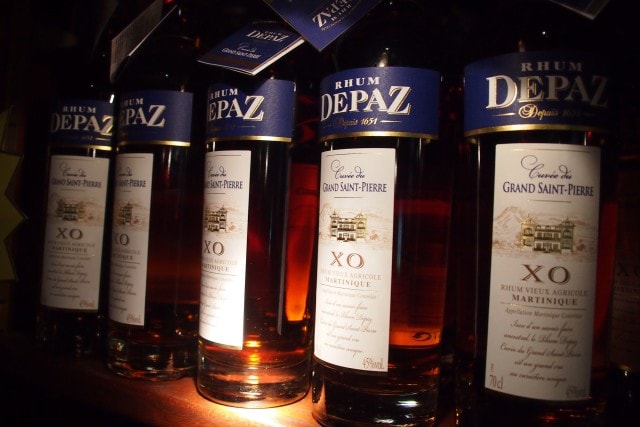
So distinctive and amazing are the rhums of Depaz that only five years after Victor Depaz returned to Saint-Pierre and re-started production the rhum was awarded a medal at the National Exposition in Marseilles. Subsequent awards followed in 1927 and 1931 cementing the quality and reputation of the brand.
Depaz could do more to celebrate the history of the plantation (Chateau Depaz, the grand old family great house, was closed during my visit), but in the all-things-rhum category, this place really exceeds all expectations.

Starting at the gingerbread-style reception area, guests can follow a self-guided tour following a series of very informative signs in both French and English.
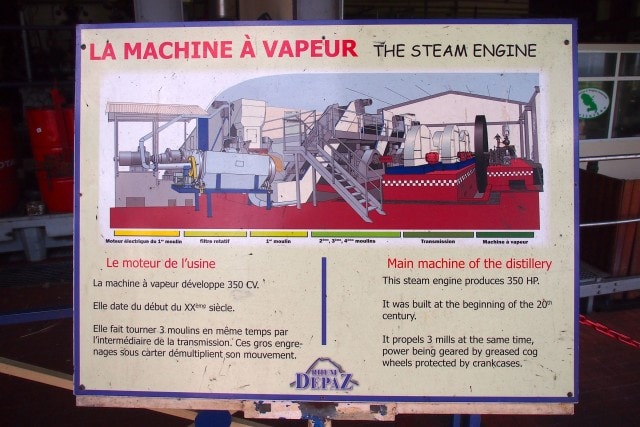
Reading about the methods of rhum production in books or on websites back home is one thing, but I learned a lot more reviewing signs like the one above in relation to the distillery equipment.

Moving on to Le Boulevard du Rhum, you’ll encounter clean and tidy aging facilities, a mix of the modern, the old…

…and the whimsical.

Back at reception, free tastings were offered within the well-stocked boutique store featuring every expression of the Depaz family of rhums, as well as a couple other local brands also produced at the distillery. Prices here are on-par, if not a bit better, than what you’ll find around the island, but you definitely can’t beat the selection of rare vintages on offer here.
The oldest bottle I saw: 1929.
History and all-things-rhum – few places do it better than Distillerie Depaz.
For more on Depaz, visit the company website.



